University of Kent - Law Clinic
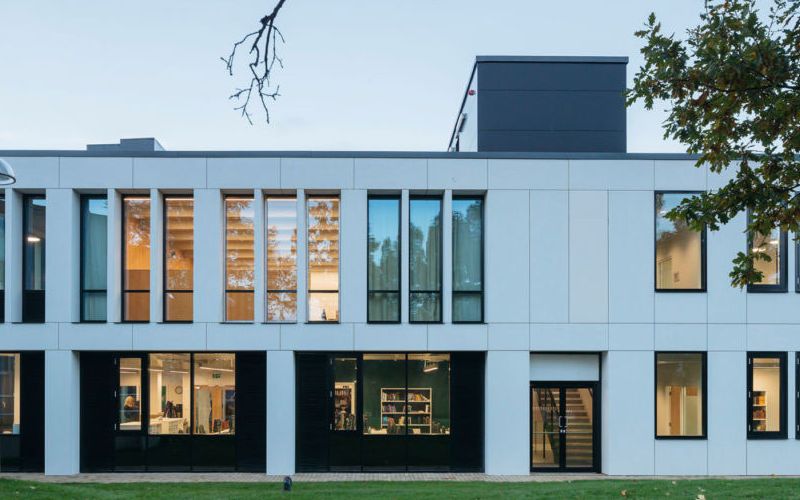
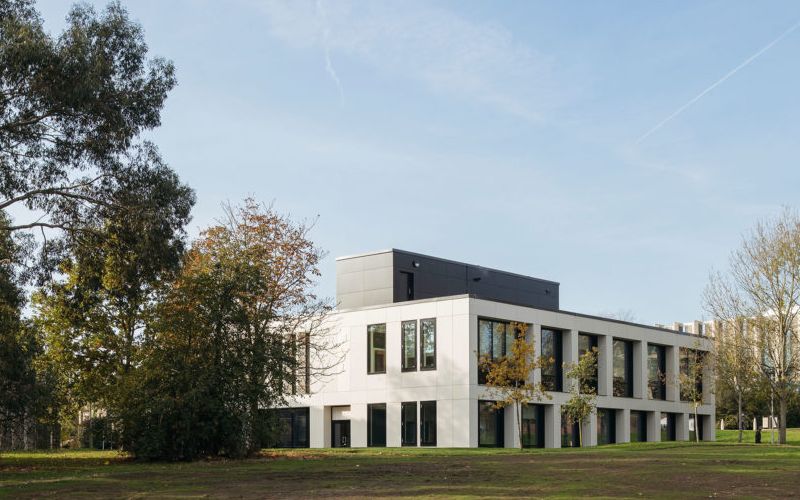
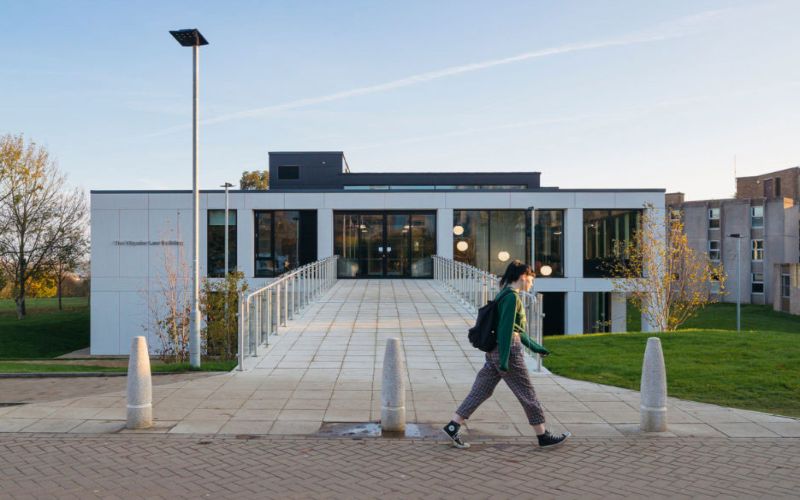
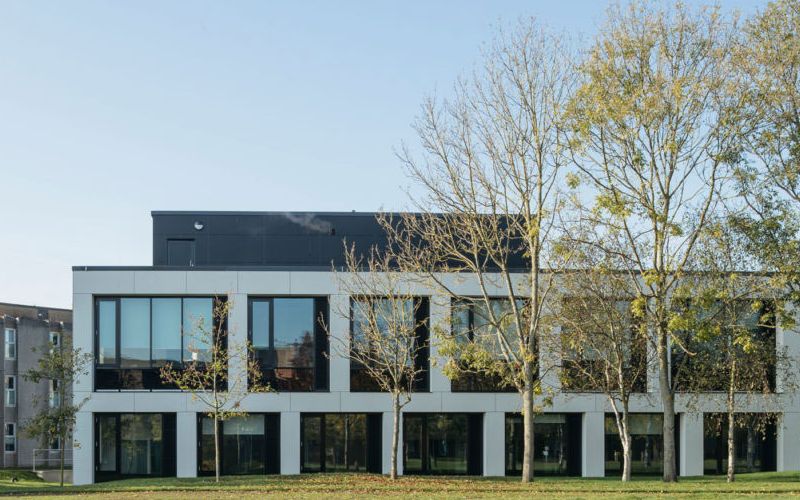
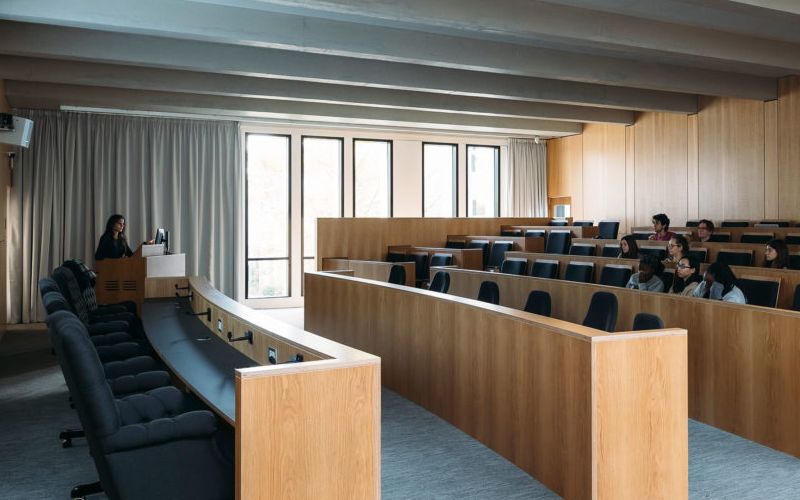


Design and Build which paves way for future development at Kent Law School.
Kent Law Clinic repeats the successful collaboration between Hawkins\Brown, Skelly & Couch and Main Contractors Osborne Ltd. which led to Cornwallis North East, a flexible new teaching and lecture building at the University of Kent.
The Law Clinic is a new, £3 million pavilion, housing a mooting chamber, academic offices for the law department, as well as expanded facilities for the University’s pro-bono legal service, open to local people who need legal advice and representation but cannot afford to pay for it. The 1000 m2 building improves links with the disparate surrounding buildings and sets up a sustainable framework for future phases of development at Kent Law School.
Skelly & Couch worked with architects Hawkins/Brown to develop a strategy that contained the plant in a rooftop enclosure. The project involved significant diversions of major gas and electricity distribution routes that had to be procured without disturbance. The project was the first for the University to be match funded by external donors, and was subject to an extensive series of tests to confirm that the best value for money was being achieved and the procurement strategy ensured that the scheme could be delivered on budget.
From the outset, the Law Clinic was designed to favour passive means of managing energy and carbon over active strategies. The levels of daylight were modelled and optimised throughout the building so that the benefits of natural light were gained as widely as possible. Repeated design iterations were carried out to ensure the best balance.
The façade was carefully designed to allow high levels of daylight penetration and natural ventilation whilst managing solar gain to prevent overheating. The projecting fins and overhangs shield the building from direct light but allow diffuse light to enter. Where further measures are required to control heat gain in the summer, the façade includes louvred elements that can be left open securely overnight to allow the building to reject the heat built up during the day. Large areas of exposed thermal mass ensure that the heavyweight building is resilient to summertime overheating. Automated lighting controls are used throughout, with daylight dimming to reduce the energy consumed. The University operates a district heating system and the building has been designed to allow it to be connected to this when appropriate. A roof-mounted array of photovoltaic panels generate 10% of the energy consumed by the building.
Related sectors




